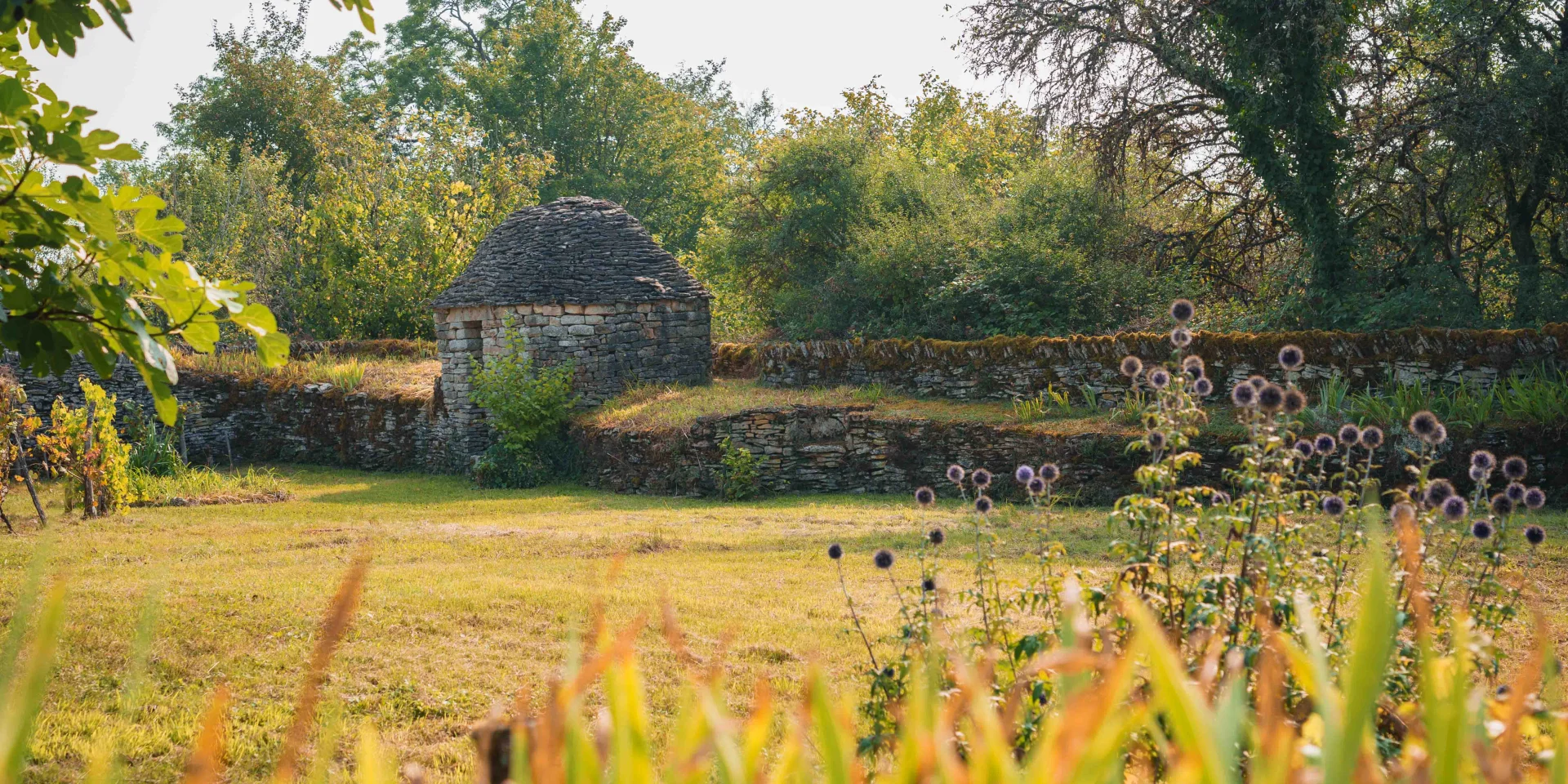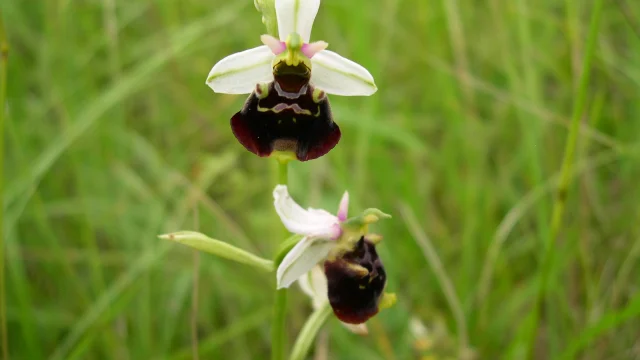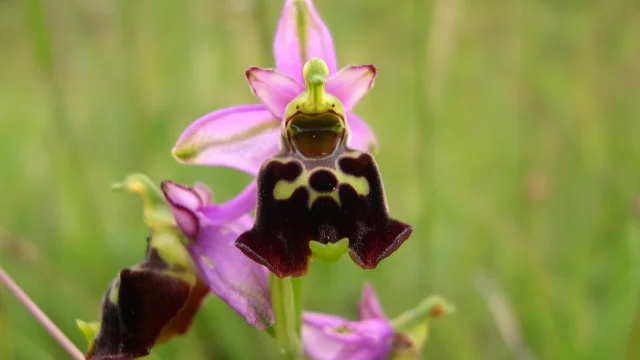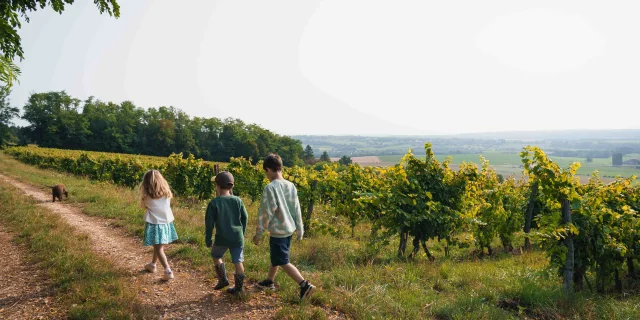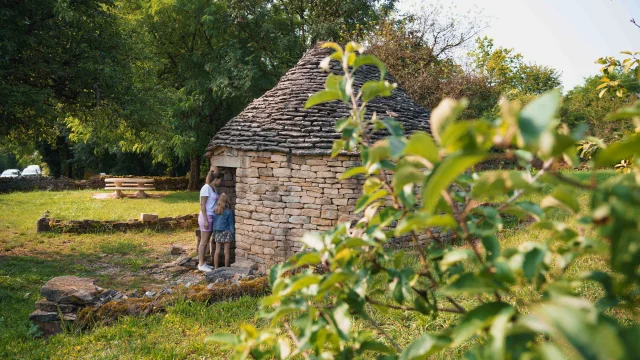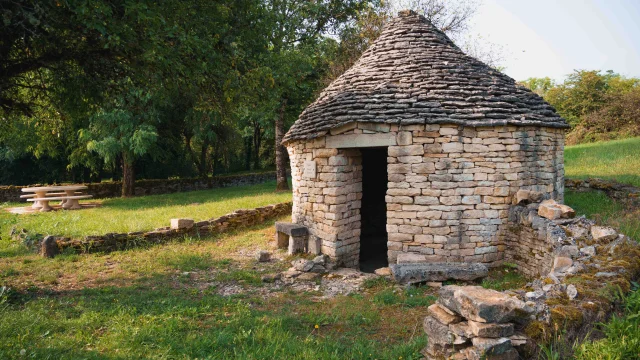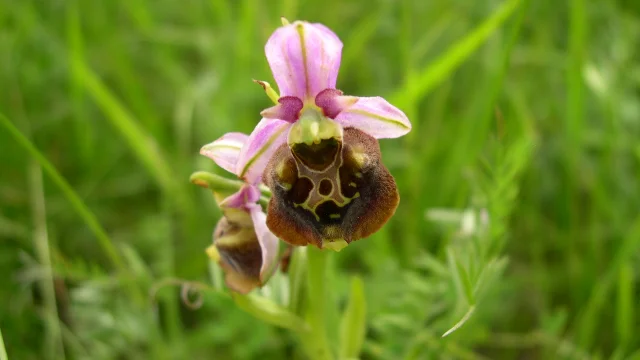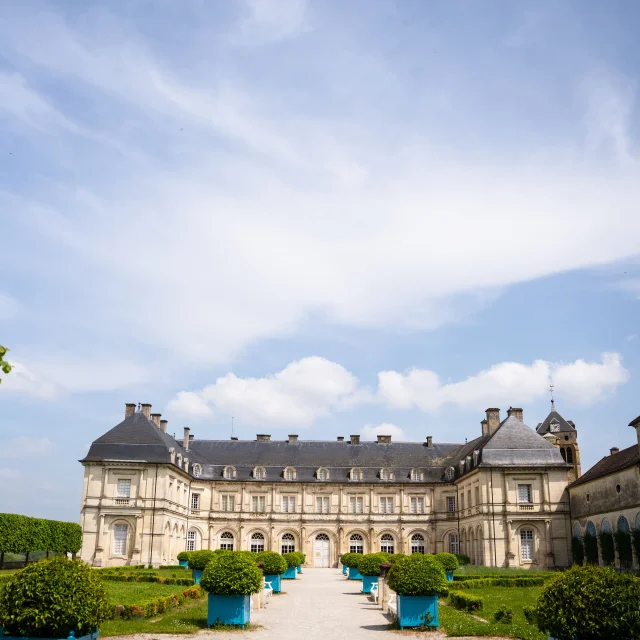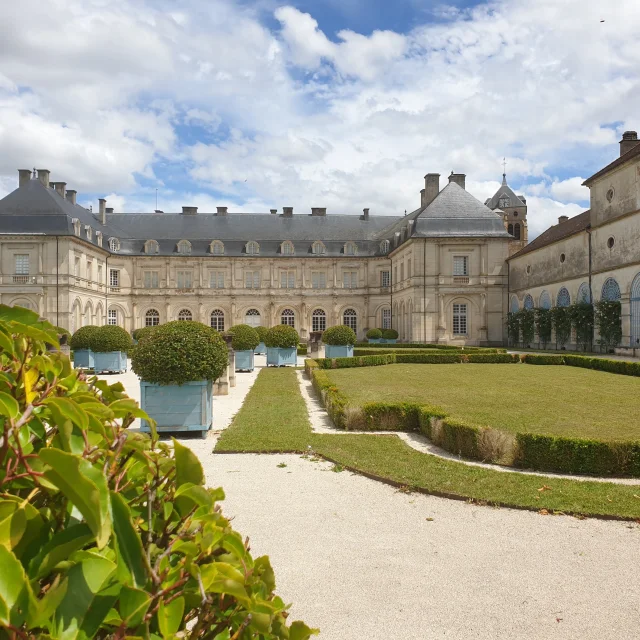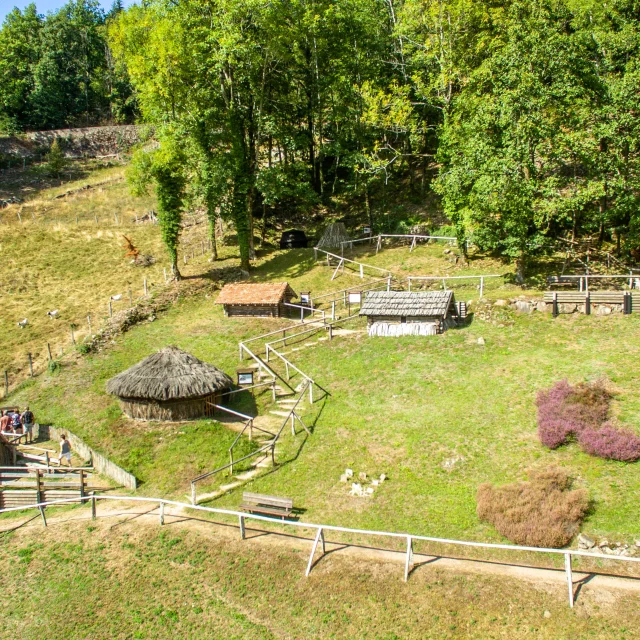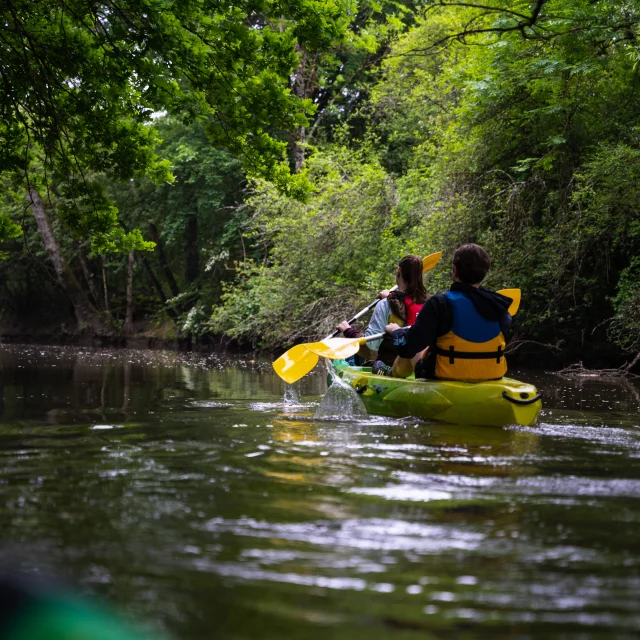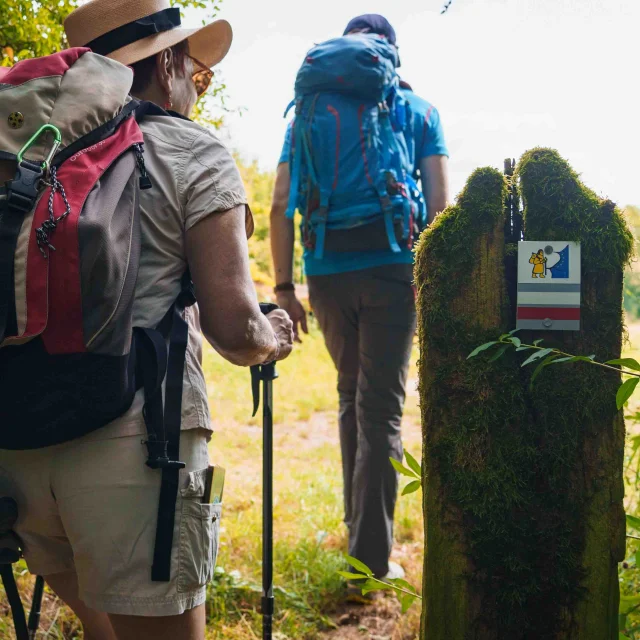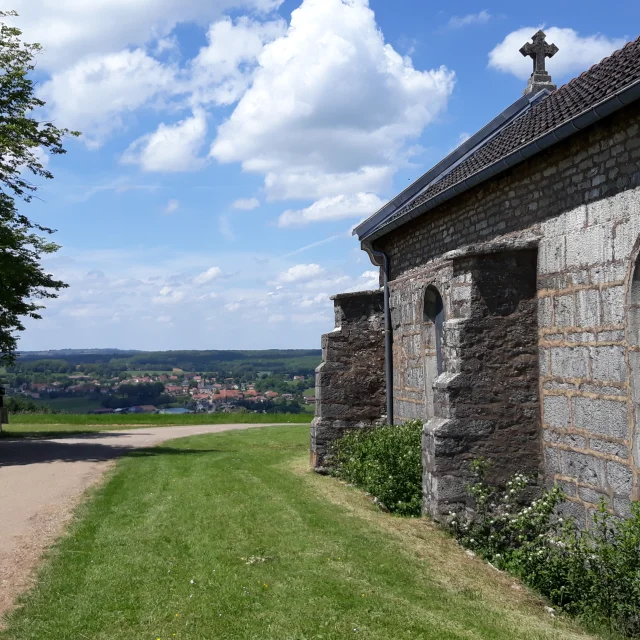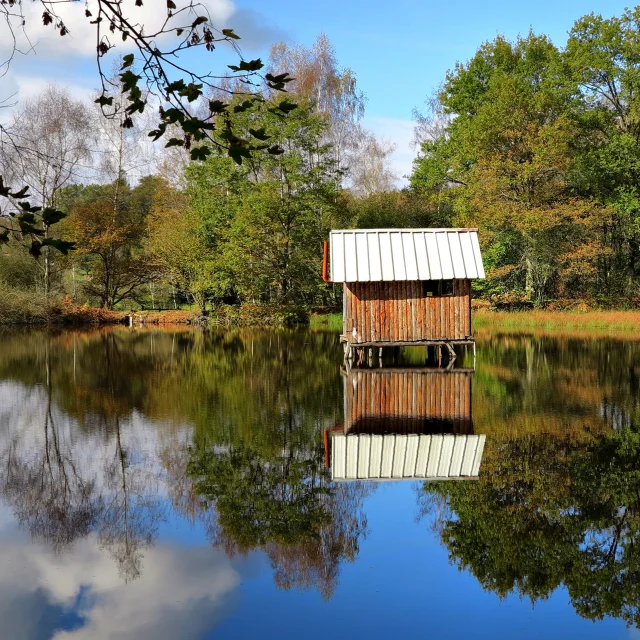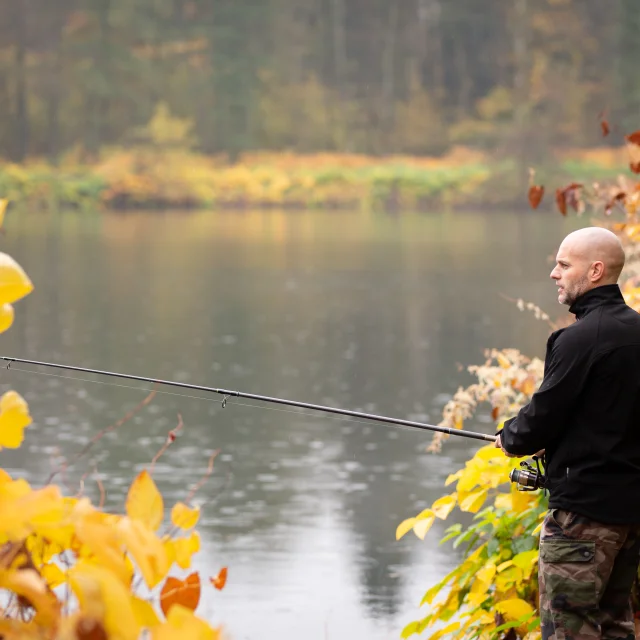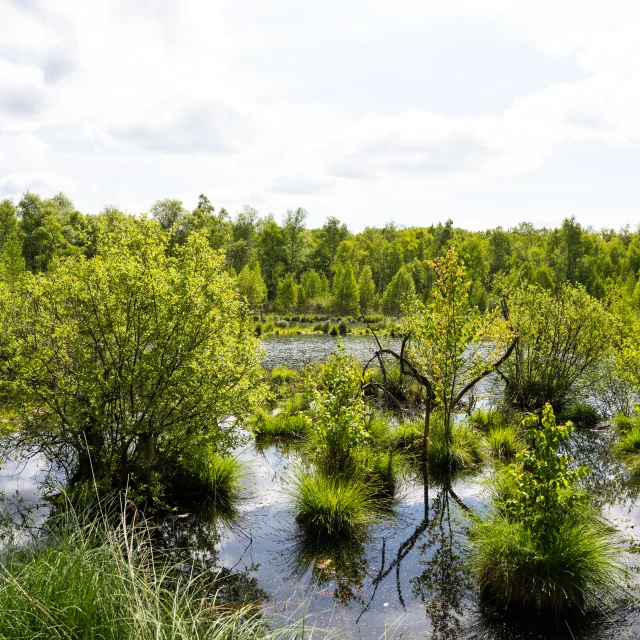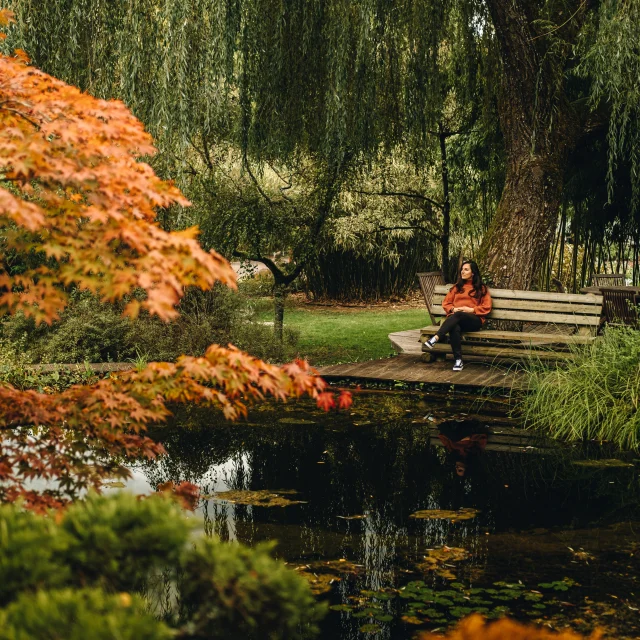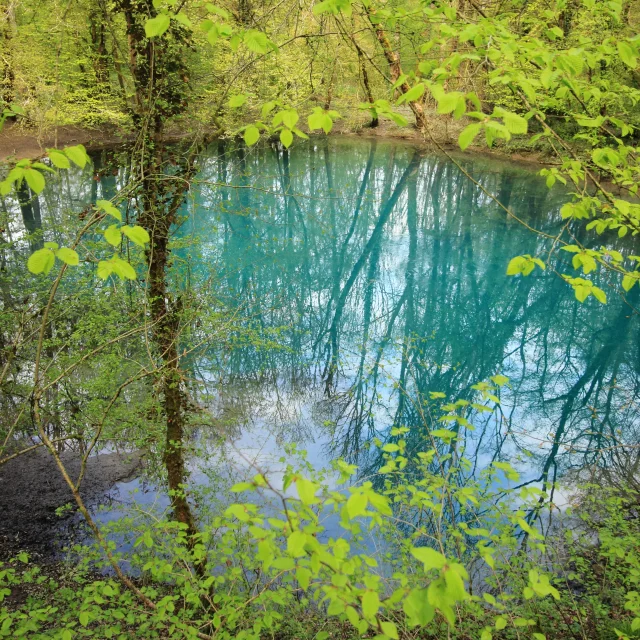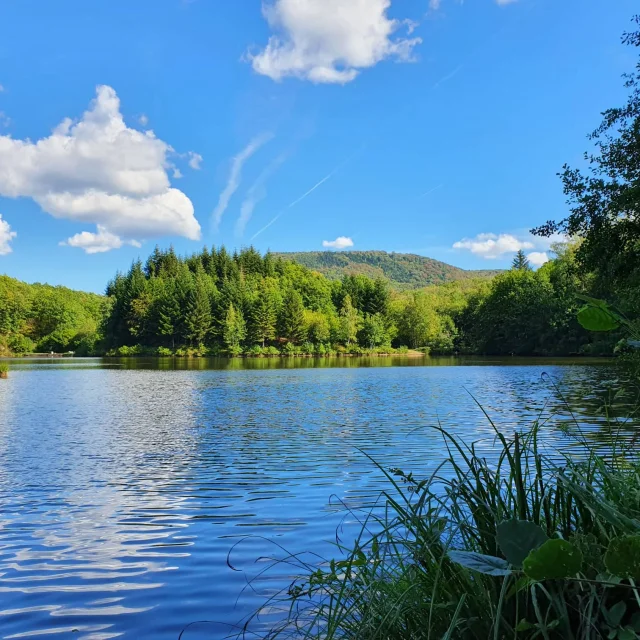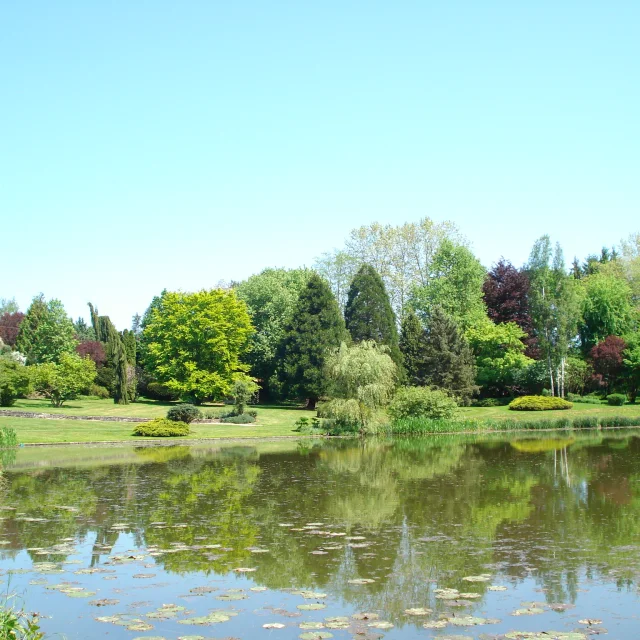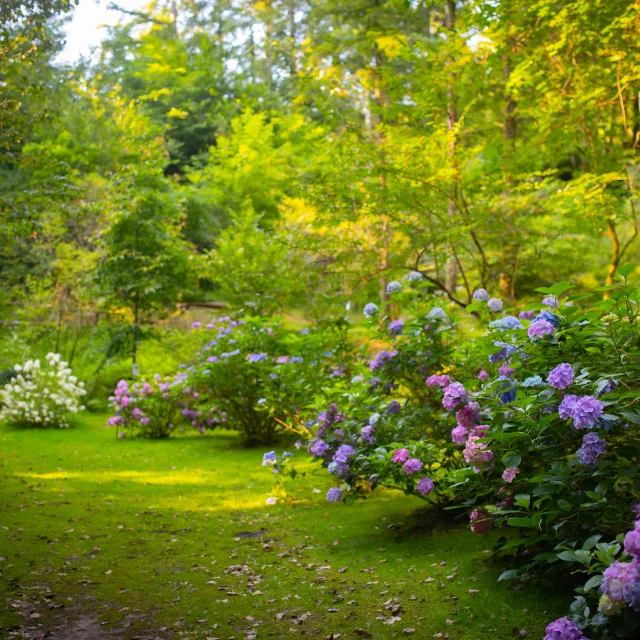The dry grasslands of Champlitte, classified as a Natura 2000 zone, are true havens of biodiversity. These plant formations are home to remarkable flora and fauna, including some rare species. The shallow soil and outcropping rock create ideal conditions for plants and animals adapted to these particular environments.
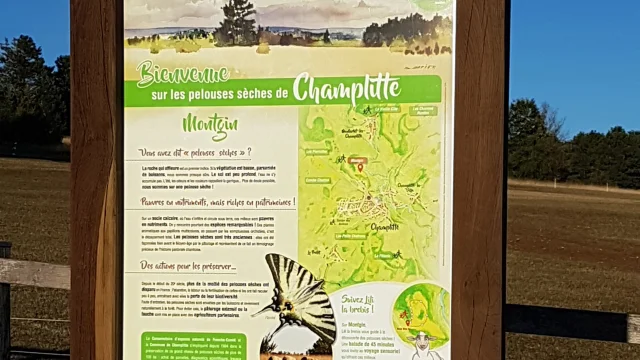 Starting sign with route and explanation of the dry grassland interpretation trail at Champlitte - Vesoul-Val de Saône
Starting sign with route and explanation of the dry grassland interpretation trail at Champlitte - Vesoul-Val de SaôneAmong the emblematic species are the white orbit, the fly-orchid, a fascinating orchid, and the mountain inula.
The fauna is not to be outdone, with the presence of the red-backed shrike, whose characteristic song often resounds from the top of a juniper tree.
